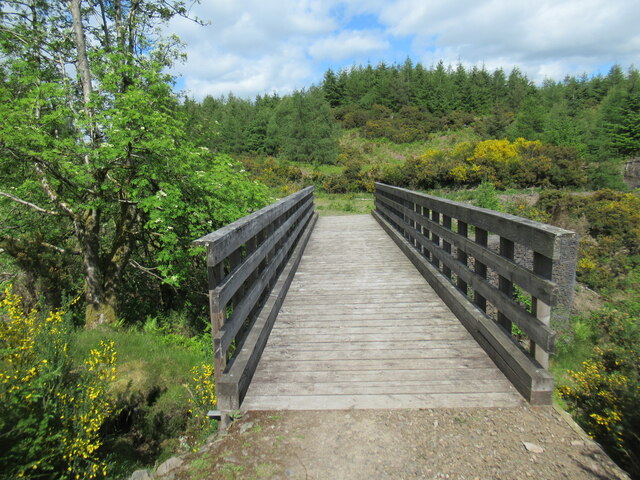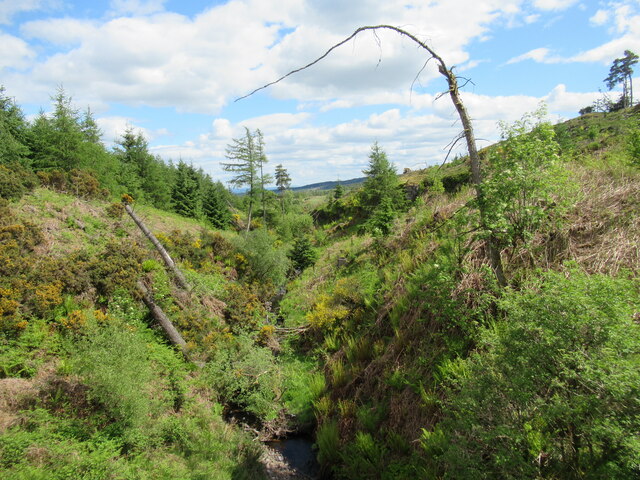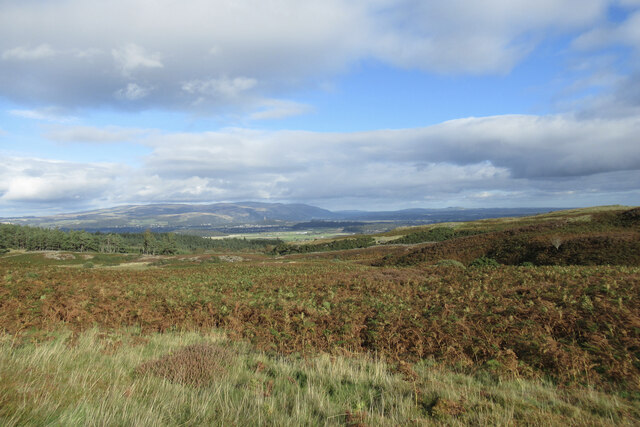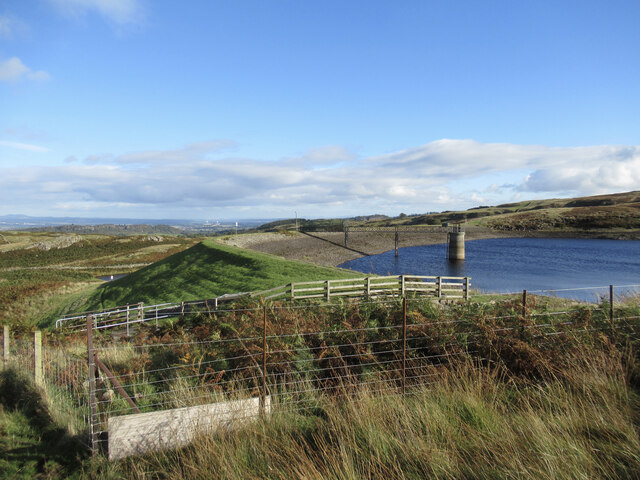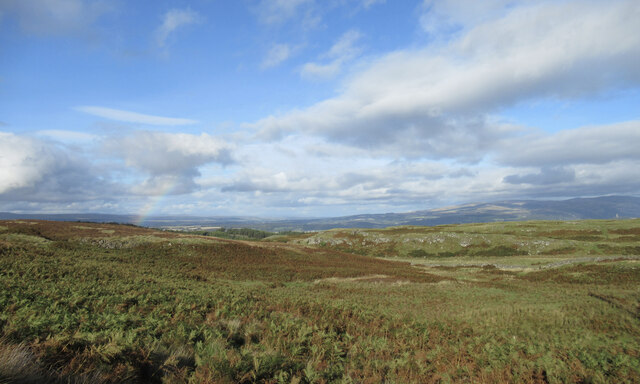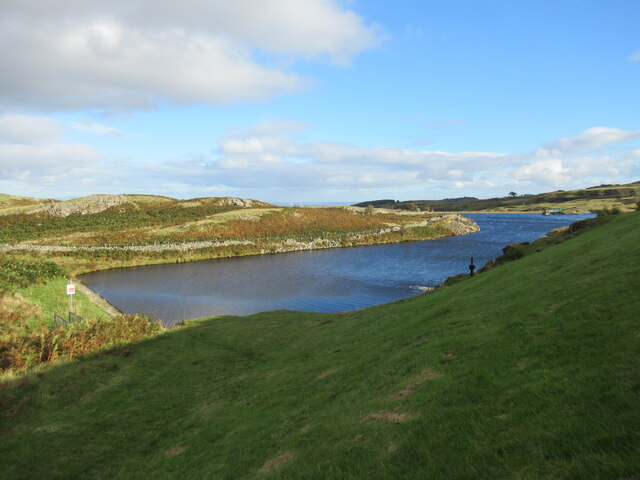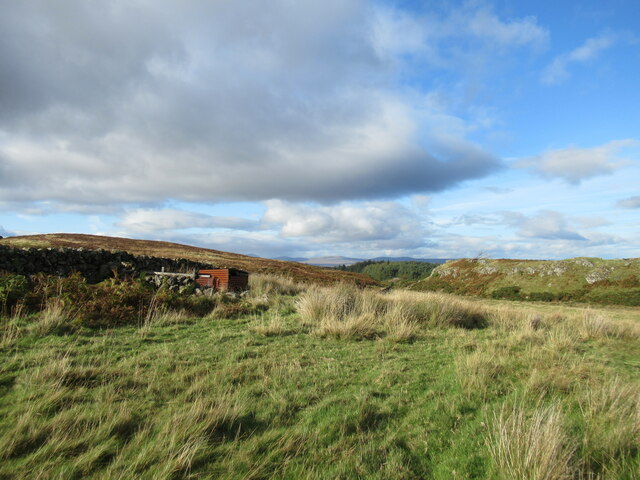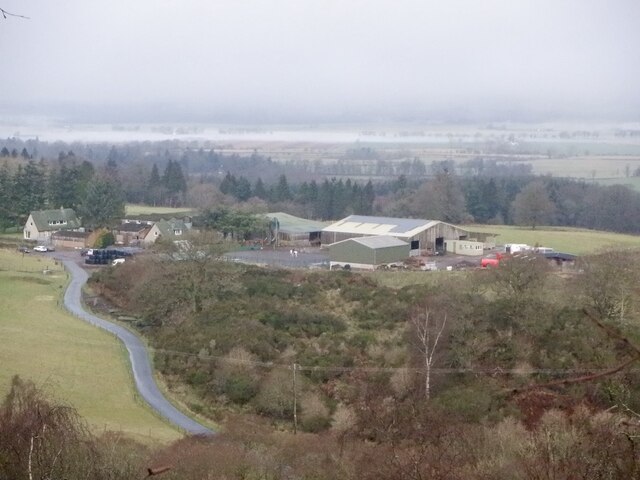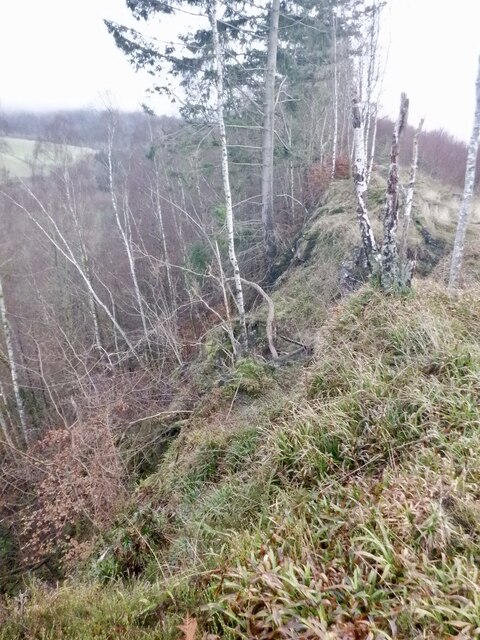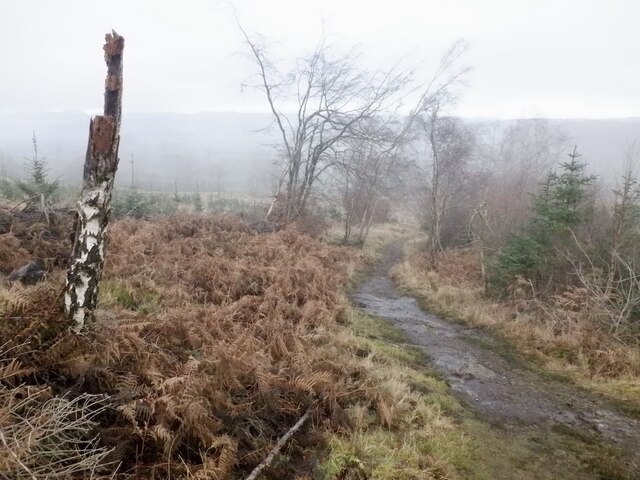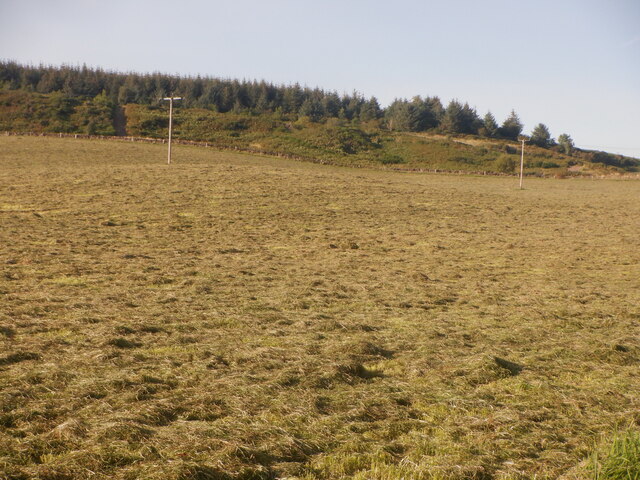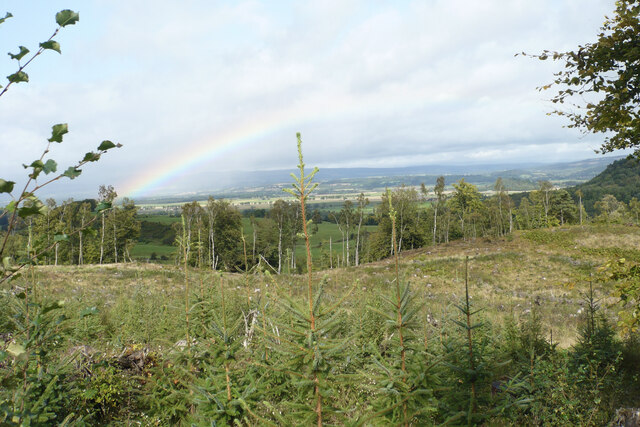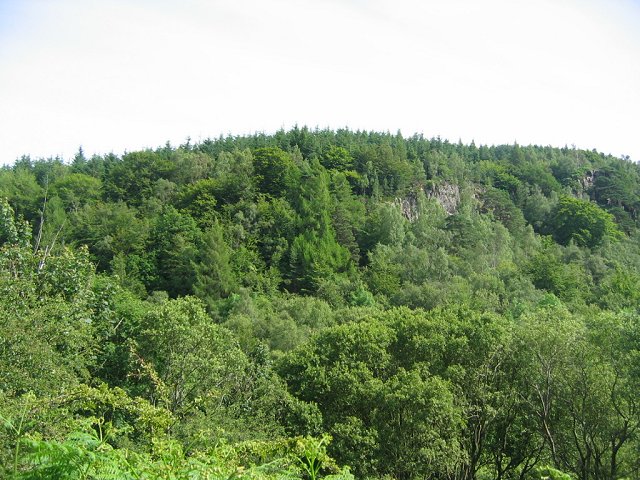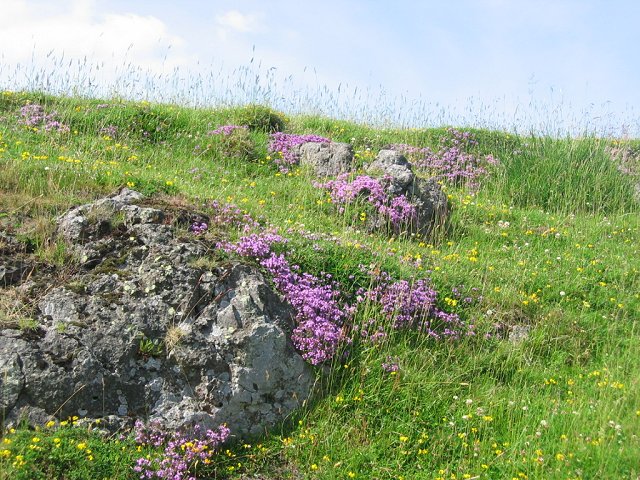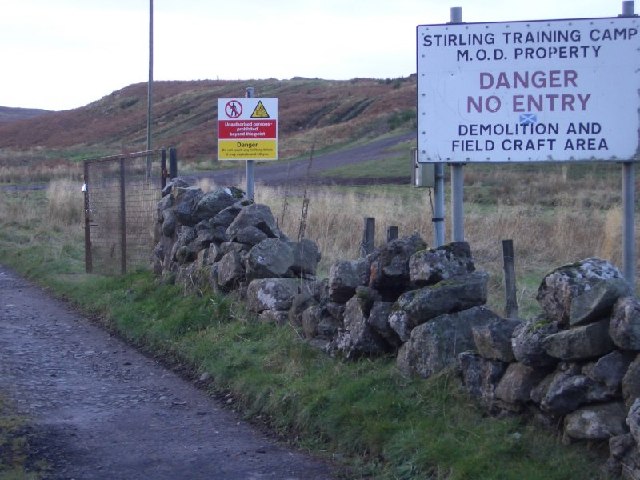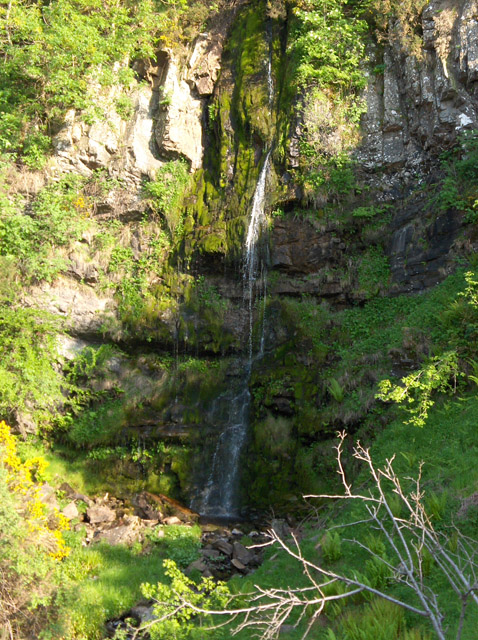Touch Mollar Clump
Wood, Forest in Stirlingshire
Scotland
Touch Mollar Clump
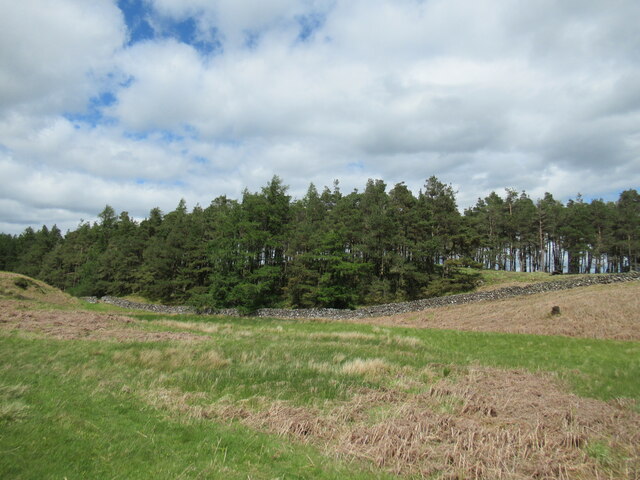
Touch Mollar Clump is a picturesque woodland located in Stirlingshire, Scotland. It covers an area of approximately 10 acres and is characterized by its dense and varied tree cover. The forest is predominantly composed of native tree species, including oak, birch, beech, and pine, creating a diverse and vibrant ecosystem.
The woodland is known for its rich biodiversity and is home to a range of flora and fauna. The forest floor is carpeted with an array of wildflowers, mosses, and ferns, providing a habitat for numerous insects and small mammals. Birdwatchers will delight in the variety of avian species that can be spotted in the area, including woodpeckers, thrushes, and owls.
Visitors to Touch Mollar Clump can enjoy peaceful walks along its well-maintained trails, which wind through the forest and offer stunning views of the surrounding countryside. The tranquil atmosphere and natural beauty of the woodland make it a popular spot for nature lovers and outdoor enthusiasts alike.
In addition to its recreational value, Touch Mollar Clump also plays an important role in the local ecosystem. The forest acts as a carbon sink, helping to mitigate the effects of climate change by absorbing and storing carbon dioxide from the atmosphere. It also provides a vital habitat for wildlife, contributing to the overall ecological health of the region.
Overall, Touch Mollar Clump is a cherished natural treasure in Stirlingshire, offering a serene escape into the beauty of the Scottish countryside.
If you have any feedback on the listing, please let us know in the comments section below.
Touch Mollar Clump Images
Images are sourced within 2km of 56.101992/-4.0139318 or Grid Reference NS7491. Thanks to Geograph Open Source API. All images are credited.
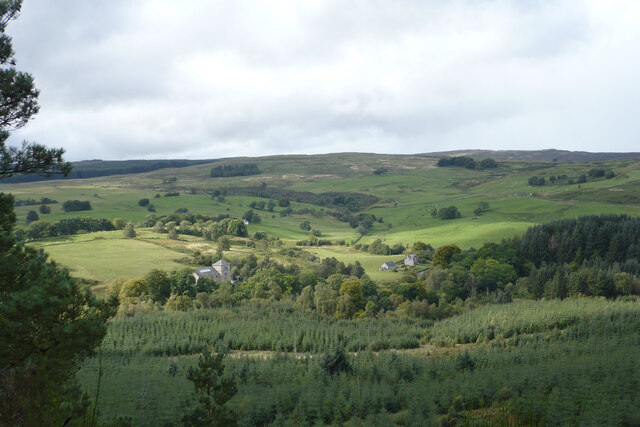
Touch Mollar Clump is located at Grid Ref: NS7491 (Lat: 56.101992, Lng: -4.0139318)
Unitary Authority: Stirling
Police Authority: Forth Valley
What 3 Words
///tube.printout.strict. Near Stirling
Nearby Locations
Related Wikis
Touch House
Touch House is a country house located 4 kilometres (2.5 mi) west of Stirling in central Scotland. It stands at the foot of the Touch Hills, on the south...
Gillies Hill
Gillies Hill is located west of Stirling and the M9, south of Cambusbarron, and north of the Bannock Burn in Central Scotland. Gillies Hill covers a 140...
Cambusbarron
Cambusbarron is a village in Stirling, Scotland. In the 2001 census, it had a population of 3,224. There is evidence of settlement at the site since the...
Birkhill House, Stirling
Birkhill House is a historic house situated between the city of Stirling and the village of Cambusbarron in central Scotland. == History == There is evidence...
Torbrex Village
Torbrex is a small village in Scotland. Geographically Torbrex is enclosed within Stirling by Cambusbarron to the west, St. Ninians to the south, Livlilands...
Stirling High School
Stirling High School is a state high school for 11- to 18-year-olds run by Stirling Council in Stirling, Scotland. It is one of seven high schools in...
Downie's Loup
Downie's Loup is a waterfall of Scotland located near the village of Gargunnock. == See also == Waterfalls of Scotland == References ==
Stirling Transmitting Station
Stirling Transmitting Station is a transmission facility on Earl's Hill southwest of Stirling, Scotland. It was built at the end of the 1950s for the radio...
Nearby Amenities
Located within 500m of 56.101992,-4.0139318Have you been to Touch Mollar Clump?
Leave your review of Touch Mollar Clump below (or comments, questions and feedback).
